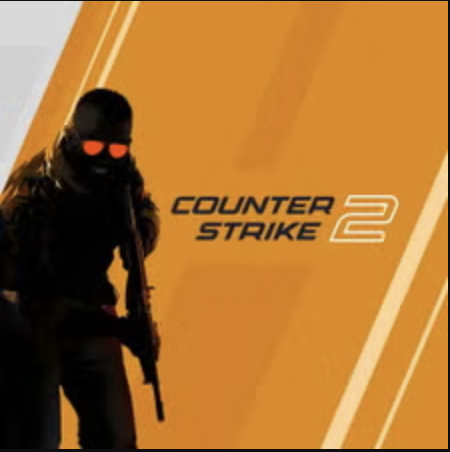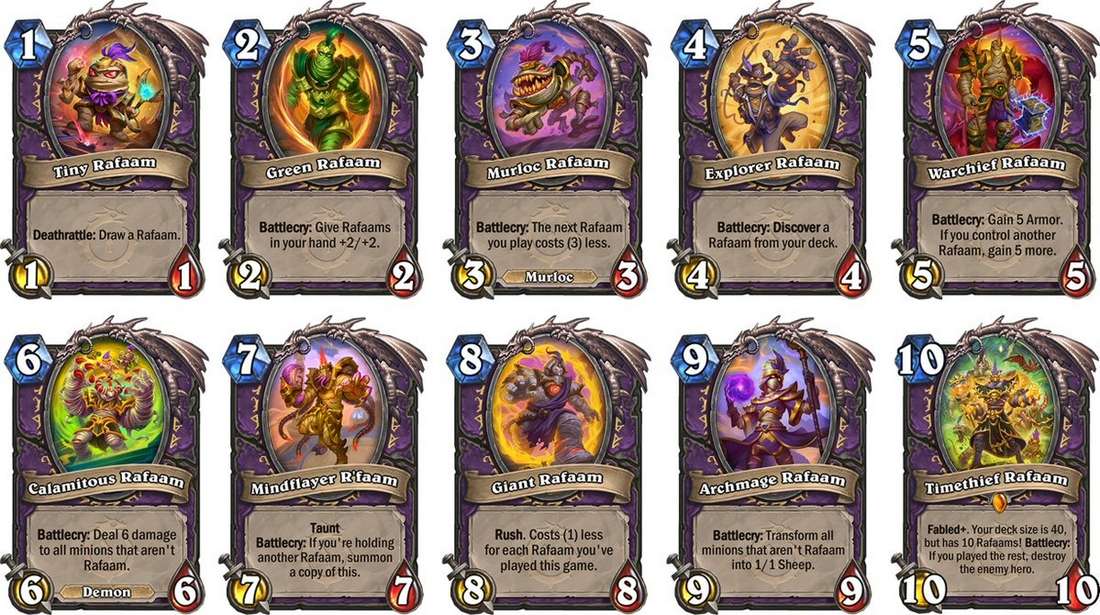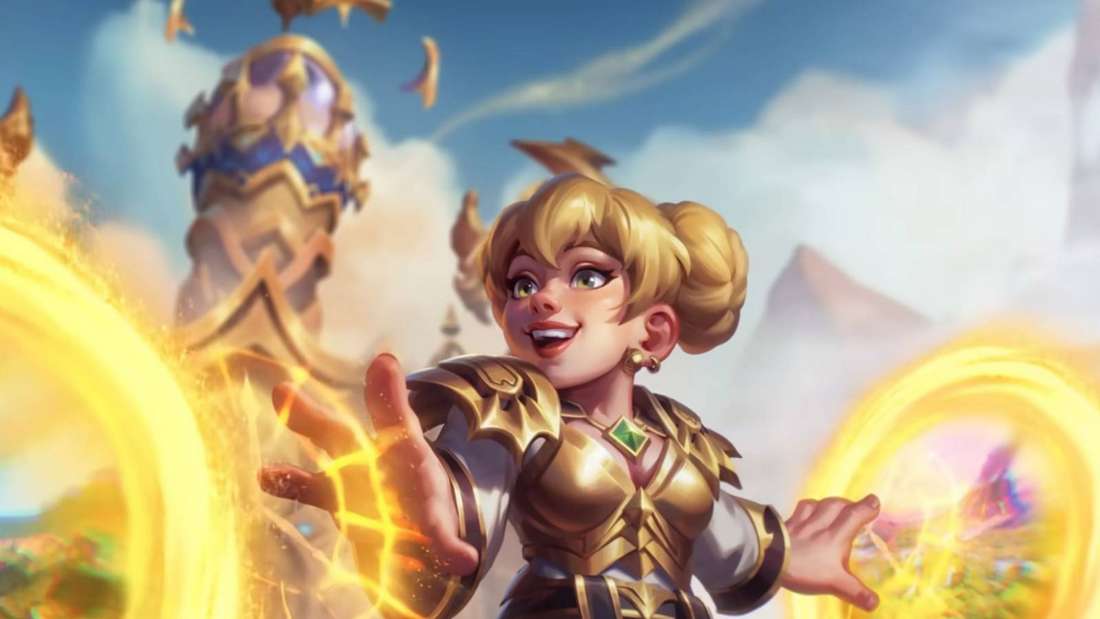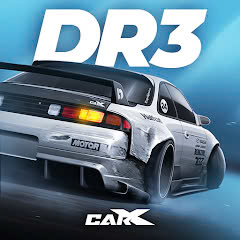Exclusive Card Reveal Analysis: Warlock’s Time-Warping Power in ‘Across the Timeways’
Popular Now
 Counter-Strike 2
Counter-Strike 2
 Fortnite
Fortnite
 Toca Boca World
Toca Boca World
 Grand Theft Auto V
Grand Theft Auto V
 FIFA 23
FIFA 23
 League of Legends
League of Legends
 Schedule I
Schedule I
 Rust
Rust
 Sonic the Hedgehog™ Classic
Sonic the Hedgehog™ Classic
 Candy Crush Saga
Candy Crush Saga
 The highly anticipated Hearthstone expansion, Across the Timeways, is poised to reshape the meta, and recent exclusive reveals for the Warlock class have provided a thrilling glimpse into the dark arts of chronomancy. As players prepare for the November 4th launch, the unveiling of three key Warlock cards—Twilight Timehopper, Shred of Time, and the Legendary Chronogor—signals a potent, albeit risky, new direction for the class, doubling down on the classic Warlock trope of sacrificing health for immense tempo and card advantage. This in-depth breakdown analyzes the immediate and long-term SEO implications for these cards within competitive and casual gaming.
The highly anticipated Hearthstone expansion, Across the Timeways, is poised to reshape the meta, and recent exclusive reveals for the Warlock class have provided a thrilling glimpse into the dark arts of chronomancy. As players prepare for the November 4th launch, the unveiling of three key Warlock cards—Twilight Timehopper, Shred of Time, and the Legendary Chronogor—signals a potent, albeit risky, new direction for the class, doubling down on the classic Warlock trope of sacrificing health for immense tempo and card advantage. This in-depth breakdown analyzes the immediate and long-term SEO implications for these cards within competitive and casual gaming.
The Across the Timeways expansion focuses on the Bronze Dragonflight’s battle against Murozond, weaving in the new ‘Fabled’ and ‘Rewind’ mechanics. However, these Warlock cards introduce a self-inflicted damage package that is entirely unique and synergistically powerful, offering high-risk, high-reward play that is historically popular with Warlock players looking for High-CPC keywords in their aggressive strategies.
The Core Engine: Twilight Timehopper and Shred of Time
The foundation of this new strategy lies in the interaction between the Common minion, Twilight Timehopper, and its associated token, Shred of Time.
Twilight Timehopper:
- Stats: 2 Mana, 4/4 Minion.
- Effect: Battlecry: Shuffle 2 Shreds of Time into your deck.
- SEO Value: This is an aggressively statted early-game minion. A 2-mana 4/4 is a massive tempo play. The drawback, while significant, is delayed, making it an ideal inclusion in Zoo Warlock or Tempo Warlock archetypes. Search queries around “Hearthstone 2-mana 4/4” or “best Warlock 2-drop” will be highly relevant for this card.
Shred of Time:
- Type: Token Spell (Cast when Drawn).
- Effect: Deal 3 damage to your hero.
- Deck Building Constraint: Every Shred drawn is a 3-health tax. A deck running two Timehoppers will have four Shreds shuffled in, representing a potential 12 damage to the hero. This self-damage mechanic strongly supports classic Warlock strategies and cards that benefit from being at low health, or those that leverage healing/armor to compensate for the “cost.” This interaction is a key target for high-traffic searches like “Warlock self-damage synergy” and “Shred of Time drawback fix.”
 The Legendary Payoff: Chronogor
The Legendary Payoff: Chronogor
The centerpiece of this trio, the Legendary minion Chronogor, provides the payoff for embracing the Timehopper’s self-damage burden, turning the deck’s weakness into a potent, disruptive advantage.
Chronogor:
- Stats: 6 Mana, 5/5 Minion.
- Effect: Battlecry: You draw your 2 highest Cost cards. Your opponent draws your 2 lowest Cost cards.
- Strategic Analysis: This effect is a game-changer for control and combo strategies. By running Timehopper (a 2-Cost card) and having the Shreds of Time (0-Cost tokens) in your deck, Chronogor’s Battlecry becomes an incredibly powerful tool for both card advantage and disruption.
Key Synergy: If two 0-Cost Shreds of Time are still in your deck, playing Chronogor will force your opponent to draw those two cards. Because Shred of Time is a “Cast when Drawn” spell, your opponent will immediately take 6 damage (3 damage per Shred) upon drawing them. This not only burns a potential 6 points of their health but also pulls two cards out of their deck, accelerating them towards fatigue damage—a highly competitive win condition.
Advanced Deckbuilding and Competitive Landscape
The newly revealed Warlock cards suggest the emergence of a high-ceiling Combo Warlock or Fatigue Warlock deck in the upcoming meta. Players will be exploring deck lists that maximize the Chronogor payoff while mitigating the health loss from the Shreds. Popular searches will revolve around “Chronogor Combo Decklist” and “Warlock Fatigue Strategy Across the Timeways.”
Potential synergistic cards for this new archetype include:
- High-Cost Threats: Warlock will need powerful late-game cards (like Sargeras, the Destroyer or other high-cost Legendaries) that Chronogor guarantees drawing. The “draw your 2 highest Cost cards” part of the Battlecry is a form of powerful, targeted draw, which is a rare and premium effect in digital card games.
- Healing/Lifesteal: Cards like Drain Soul or any new Lifesteal minions in the expansion will be crucial to offset the 6-12 damage incurred from the Shreds. This necessity creates a strong High-CPC keyword opportunity for “Warlock Healing Cards” or “Lifesteal Synergy Hearthstone.”
- Card Shuffle/Manipulation: Cards that can shuffle the Shreds into the opponent’s deck or generate more 0-Cost tokens to increase the lethal threat from Chronogor will see increased play.
The CPC value for terms like “Hearthstone Across the Timeways Tier List” and “Warlock Meta Breakdown” is set to spike as the community theorycrafts how this deck will fare against aggressive archetypes. The speed of the Timehopper allows the Warlock to keep up early, while Chronogor offers a significant mid-game swing that can stabilize the board and set up the fatigue/damage win condition.
This is a major strategic update for Warlock. While the class has long relied on its Hero Power to sacrifice health for draw, this new package elevates that sacrifice into a core, disruptive win condition. The introduction of this focused synergy is a clear signal from the developers to encourage innovative deck-building within the Warlock class, promising a dynamic and competitive environment in the new Hearthstone Standard format.
The high-risk, high-reward nature ensures that both professional players and content creators will be heavily invested in optimizing this Chronogor combo, making coverage of this archetype a top priority for gaming news outlets worldwide.
Disclaimer: This analysis is based on the exclusive card reveals for the Hearthstone: Across the Timeways expansion, set to launch on November 4, 2025. Further card reveals may introduce additional synergy or counter-play, which will require updated strategic evaluations.









